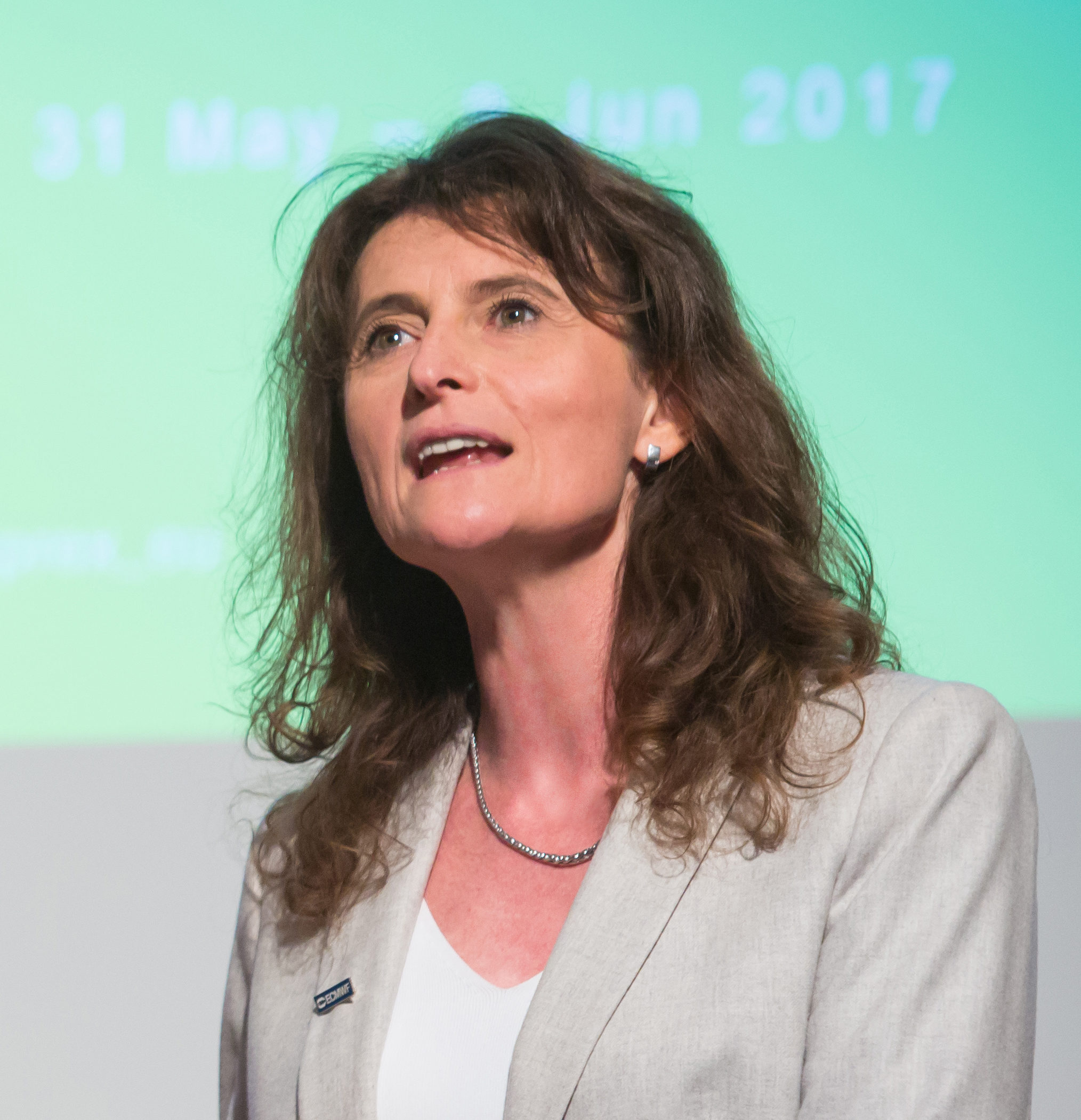 Earlier this month, ECMWF delivered the second upgrade of the Integrated Forecasting System (IFS) this year, to IFS Cycle 47r3. The upgrade includes a range of developments in the model and the use of observations, notably an enhanced usage of satellite data in cloudy regions. It brings some clear improvements to forecasts: it improves the large-scale atmospheric circulation and overall precipitation scores, and it reduces tropical cyclone track errors. But its main significance lies in a reworking of the moist physics to prepare for future resolution upgrades. This has been a major piece of work. It has involved ensuring that the complicated interactions between turbulence in the lowest part of the atmosphere, convective motions and cloud physics are described as scale-independently as possible. These developments make it possible for the IFS to be run across a broader range of horizontal resolutions, including convection-permitting resolutions. It has been shown that the new moist physics works better than the previous one on grid spacings of 3–5 km. Its implementation is thus a necessary step towards refining the horizontal resolution of the IFS, which currently uses grid spacings of 9 km for high-resolution forecasts and 18 km for ensemble forecasts.
Earlier this month, ECMWF delivered the second upgrade of the Integrated Forecasting System (IFS) this year, to IFS Cycle 47r3. The upgrade includes a range of developments in the model and the use of observations, notably an enhanced usage of satellite data in cloudy regions. It brings some clear improvements to forecasts: it improves the large-scale atmospheric circulation and overall precipitation scores, and it reduces tropical cyclone track errors. But its main significance lies in a reworking of the moist physics to prepare for future resolution upgrades. This has been a major piece of work. It has involved ensuring that the complicated interactions between turbulence in the lowest part of the atmosphere, convective motions and cloud physics are described as scale-independently as possible. These developments make it possible for the IFS to be run across a broader range of horizontal resolutions, including convection-permitting resolutions. It has been shown that the new moist physics works better than the previous one on grid spacings of 3–5 km. Its implementation is thus a necessary step towards refining the horizontal resolution of the IFS, which currently uses grid spacings of 9 km for high-resolution forecasts and 18 km for ensemble forecasts.
Why do we need to aim for greater horizontal resolution? First, experience shows that it brings improvements in forecast performance in its own right. This is certainly true if the increase in resolution goes hand in hand with a careful reworking of the physics of the model. Second, our forecasts will be even better also as boundary conditions for limited-area models (LAMs) in operation in our Member and Co-operating States and for a wide range of other applications. The first horizontal resolution upgrade since 2016 is planned for next year. Watch this space!
This Newsletter provides interesting glimpses of other aspects of the future. One article notes that ECMWF now runs a three-site operation, in Reading (UK), Bologna (Italy) and Bonn (Germany). This will in particular allow the two EU Copernicus Earth observation services we operate to thrive after the UK left the EU. Other pieces are about new ways of supporting users of ECMWF forecasts and of our Copernicus websites; an update on our use of radiosonde descent data; and our participation in a forward-looking project to develop a new generation of Earth system models. One feature article describes the positive effects of a forthcoming greater use of Global Navigation Satellite System Radio Occultation data to help determine the initial conditions of forecasts; another explores how users can post-process forecast results beyond the default behaviour using new functionalities.
What all these developments show is that we must never forget to look to the future when we strive to optimise our forecasts and services for our users. It is the only way to remain on top of our key tasks.
Florence Rabier
Director-General

